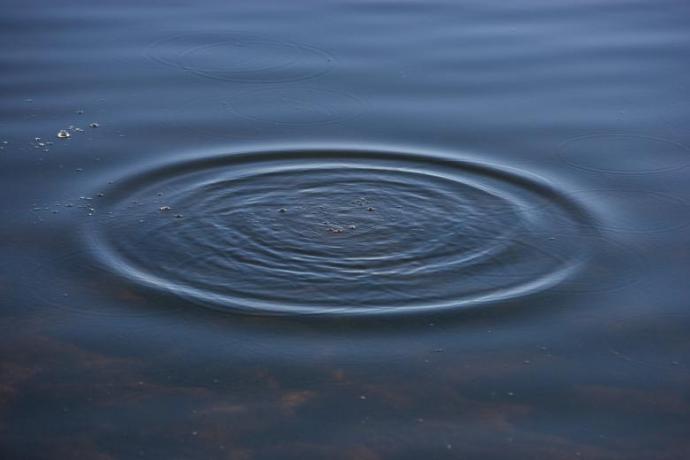Waves
We are all familiar with waves; from ripples on the surface of a pond to the swell of the ocean. A wave is just a regular vibration that travels through something, like air or water.

Electromagnetic Spectrum
This light that we see is just one small chunk of light which is made by stars. We often call the small range of wavelengths our eyes can detect, optical, or visible light.

Spectra
Even though light often looks white, it is made up of lots of different colours all added together.

Light
When we talk about light we usually mean the light we can see with our eyes.
This is also called visible or optical light.
Light is one way energy can be transferred - moved from one place to another.

Gravitational Waves
Gravitational waves are tiny, invisible ripples in space. They travel for huge distances at the speed of light. The waves squeeze and stretch any objects they pass, but only by a tiny amount.

Telescopes Quiz
Telescopes are used to magnify distant objects. They are a vital tool for astronomy. Over the last few hundred years, scientists and engineers have built bigger and better telescopes, revealing the mysteries of the Universe. But how much do you know about telescopes on Earth and beyond?
